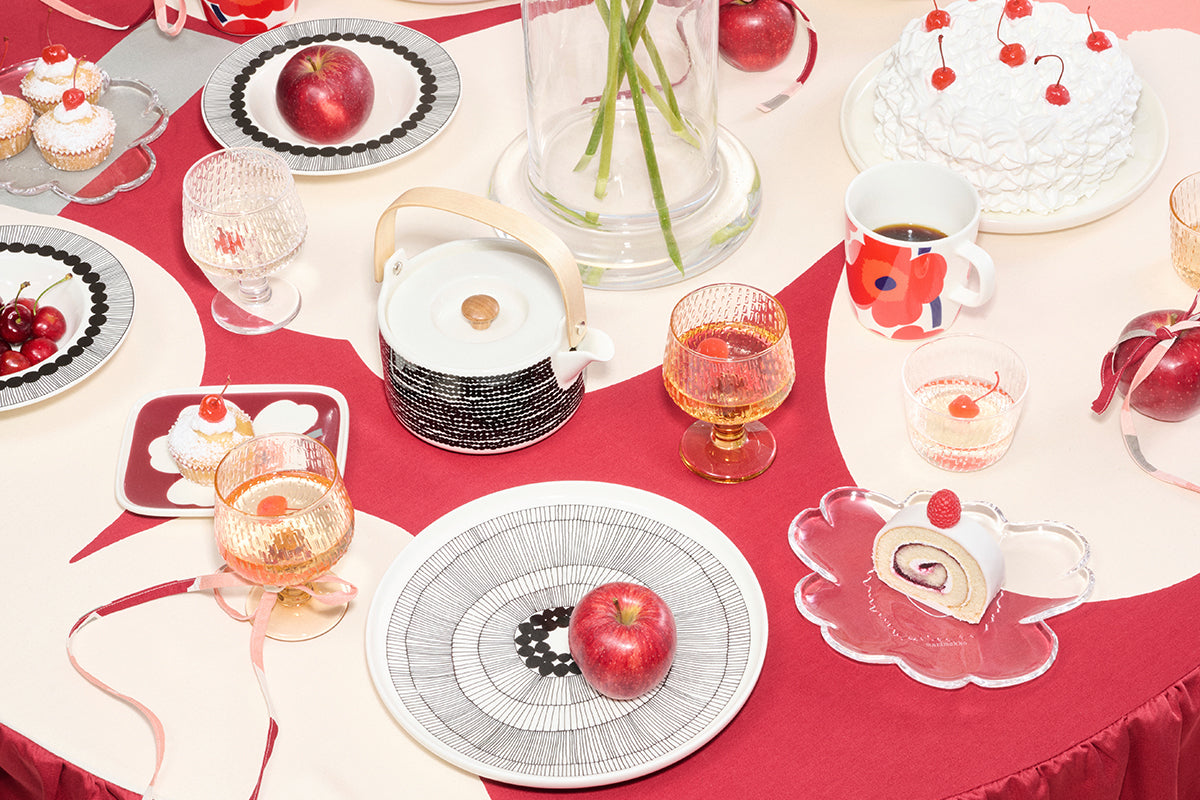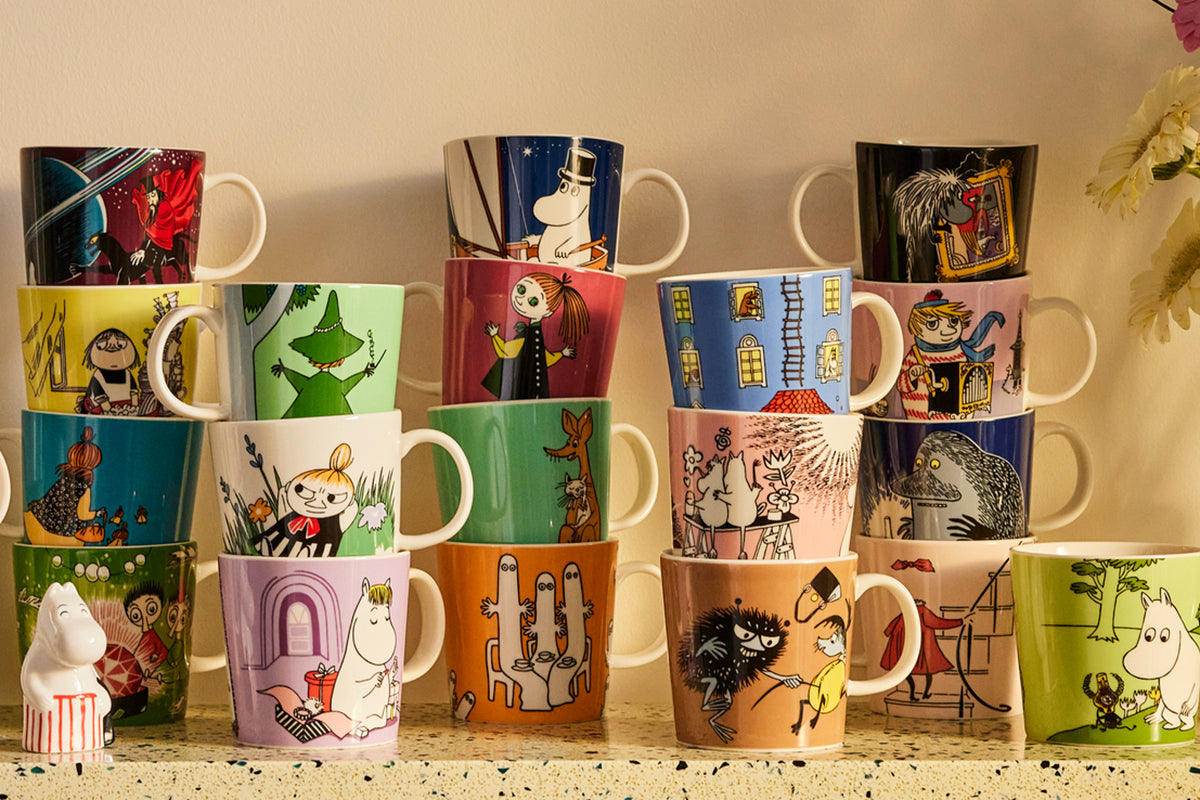In the fast-paced landscape of fashion and design, few brands manage to master a true balance between timeless appeal and modern relevance. Marimekko, the iconic Finnish design house known for its bold prints and vibrant color palettes, has long been able to find the fine line in the middle. But how does a company rooted in mid-century ideals of form and function continue to feel fresh in today’s fast-paced, trend-driven world?
Founded in 1951 by Armi Ratia, Marimekko built its legacy on individuality and fearless expression. Its early designs, particularly the now-iconic Unikko (poppy) print by Maija Isola, challenged many norms of the time and embodied a spirit of optimism and rebellion. Prints released during this time period are still deeply embedded in Marimekko’s identity, and continue to be featured in collections over 70 years later. This raises the question: is Marimekko simply relying on nostalgia, or is there a deeper strategy at play?
The answer lies in the brand’s ability to bridge archival integrity with contemporary relevance. Unlike many heritage brands that either freeze in time or aggressively chase trends, Marimekko evolves with intention. It doesn’t just reissue vintage prints, but it reinterprets them. A classic 1960s pattern might be reimagined in a new colorway, fabric, or silhouette that resonates with today’s lifestyle. This method keeps the brand rooted in its original identity while allowing room for innovation and creativity.

Marimekko Marimini Dress Archival Rerelease (2025)
Marimekko’s collaboration strategy is also key to its staying power. By partnering with contemporary brands like Uniqlo, Adidas, and IKEA, Marimekko taps into newer, younger audiences without abandoning its core aesthetic. These partnerships often blend the familiar motifs of Marimekko with the functional or sporty silhouettes of partner brands, creating products that feel both new and nostalgic. In doing so, Marimekko sidesteps the trap of being seen solely as a legacy or “heritage” brand.
Another factor contributing to Marimekko’s relevance is its embrace of sustainability and slow fashion, which are values that were already embedded in their brand pillars long before they became industry buzzwords. The brand emphasizes long-lasting design, high-quality materials, and seasonless collections. This philosophy appeals to modern consumers who are increasingly conscious of their fashion choices. It also complements the timeless nature of Marimekko’s prints, which aren’t designed to fade with the next trend cycle.
Still, the challenge for a brand so rooted in a distinct visual identity is avoiding aesthetic stagnation. Marimekko addresses this through new designer collaborations and in-house innovation. Each season, fresh interpretations of pattern and form are introduced, often alongside archival revivals. The juxtaposition keeps the collections visually dynamic while still unmistakably “Marimekko.”

Marimekko x Petra Börner Limited-Edition Artist Series (2025)
Critically, the brand’s commitment to function and everyday living anchors its appeal. Whether it’s a statement dress, a practical tote bag, or a set of printed tableware, Marimekko’s products are made to be lived in, loved, and seamlessly fit in to one’s lifestyle. This functional artistry allows the brand to overcome fashion cycles and maintain its relevance beyond just runways and galleries, but in daily life.
In the debate between timeless and trendy, Marimekko’s strength lies in never choosing one over the other. Instead, it honors its past while welcoming the present with open arms, proving that good design doesn’t have to choose between the two. It just has to evolve with purpose, and Marimekko does exactly that.




